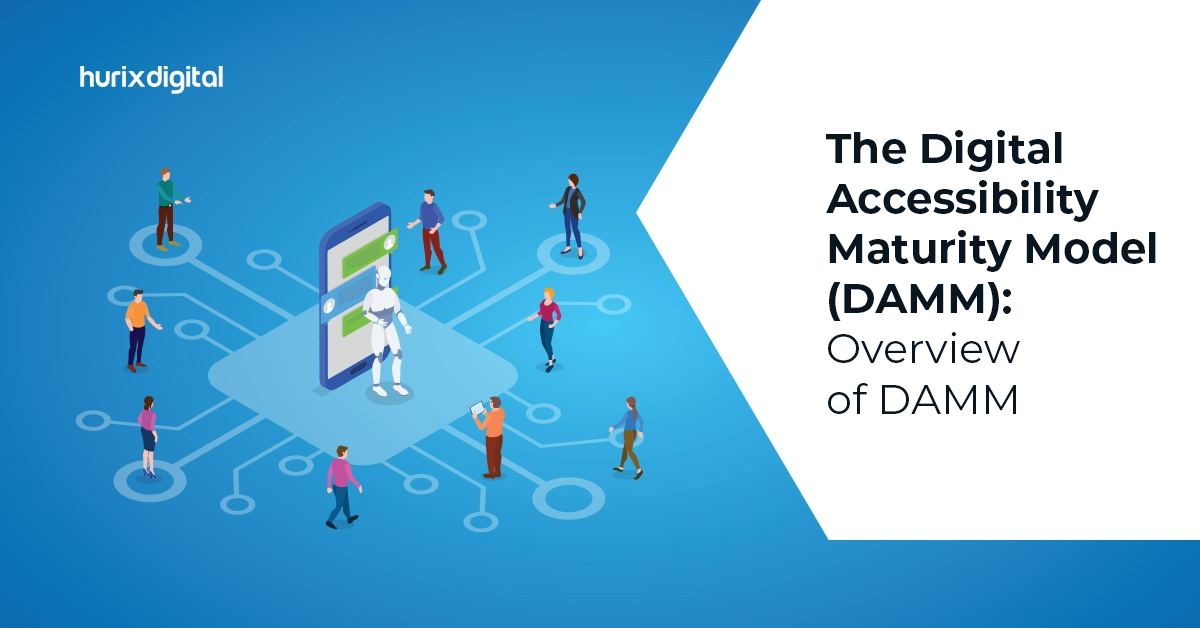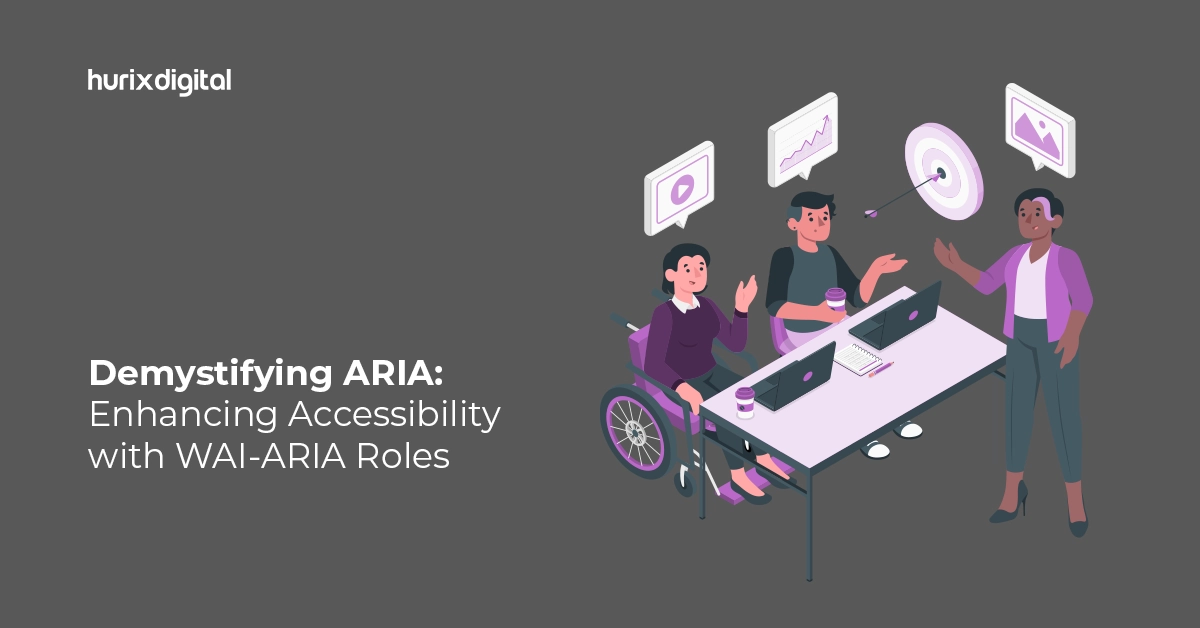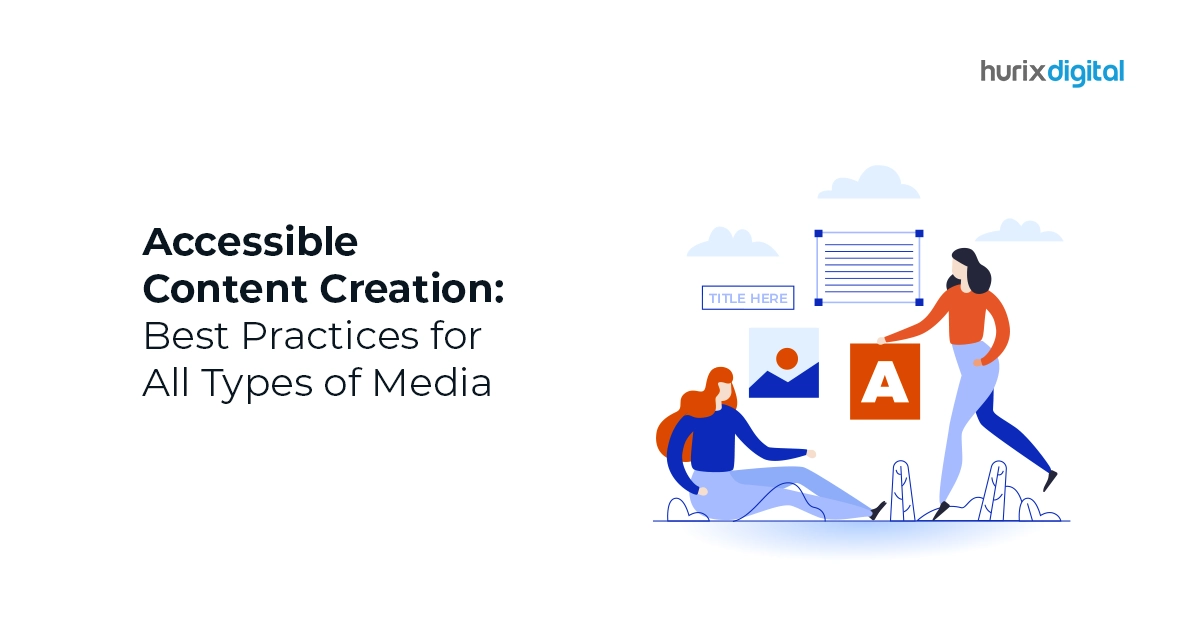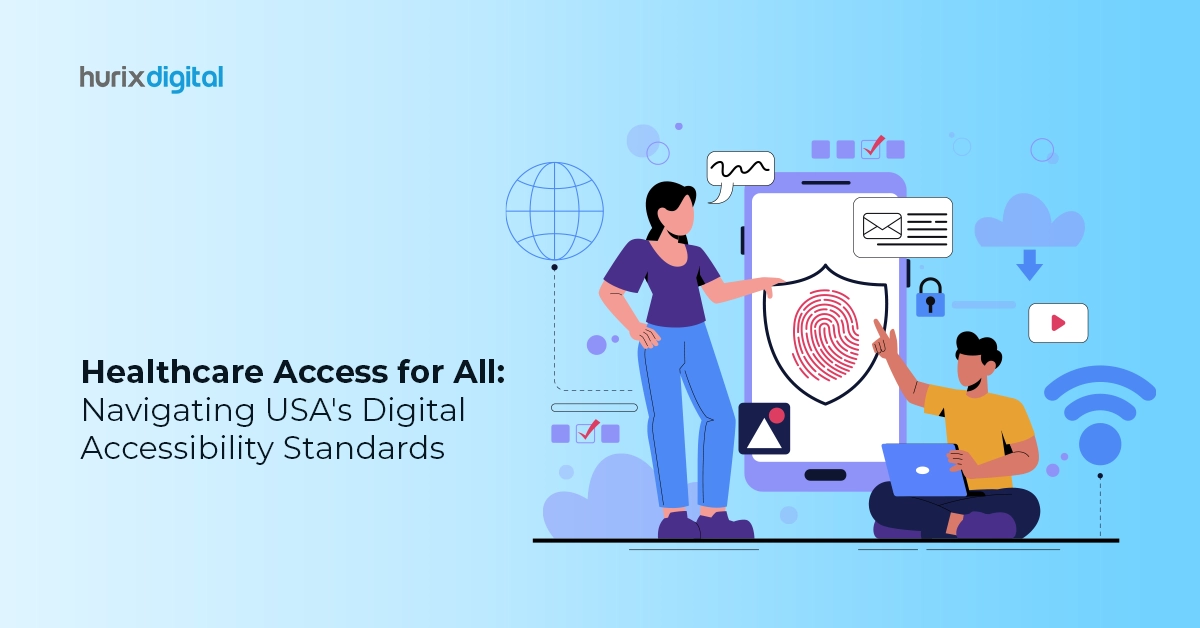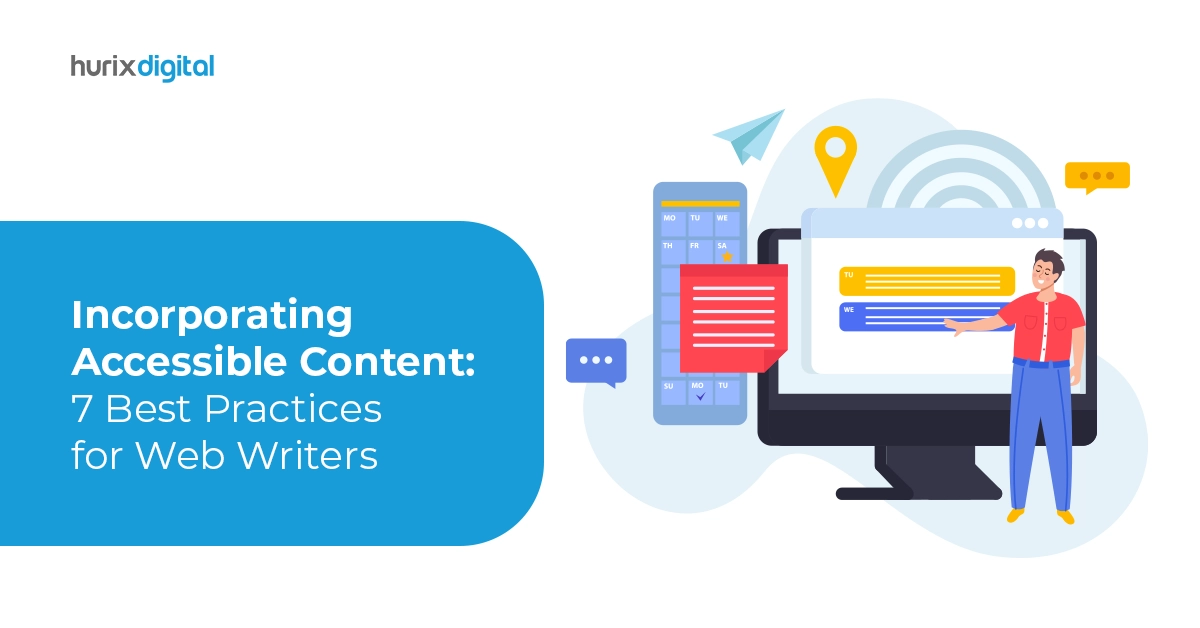With the continuous rise of digital transformation, web accessibility, as a theoretical and practical concept, has gained great prominence. Not only has it become a harbinger of gradual, progressive change, but it has also turned into a mainstay of favorable opportunities that have allowed people of all castes, creeds, races, genders, and countries to access information, goods, data, services, and prospects – with the click of a single button!
However, the term web accessibility can have no true meaning unless it can provide equal latitude to both people with and without impairments. If a website, document, or brand does not include any form of assistive technology within its operating system, it can end up excluding a sizable population. As a result, its ROI can dwindle to a massive fall!
And this is precisely what digital accessibility companies help prevent.
What are Digital Accessibility Companies?
Digital accessibility companies, to put it simply, are businesses that aim to provide an excellent digital experience to people with visual, hearing, reading, or any other type of neurodiverse disabilities. These include individuals who have blindness, low vision, dyslexia, partial sight, or deafness. The primary aim of digital accessibility companies is to make each site or document available on the internet in such a manner that they are :
- Perceivable – Every bit of information can be easily and quickly made visible.
- Operable – It becomes easy for users to interact with the elements of a webpage.
- Understandable – The content of a website can be understood without any hassle.
- Robust – All forms of digital content can be compatible with different screens.
Although there are an immense variety of ways that digital accessibility companies can employ to accomplish these tasks, the five main things they do to improve your digital content are:
1. Use HTML for Labeling
Each website or webpage consists of a variety of different elements. These elements can range from headers and footers to tags, hyperlinks, and audio-visual devices. While someone without impairment can easily scroll down a page and access all of these elements, someone with impairment can not.
This is why it is important to use HTML to label and organize every little element on your page. Digital accessibility solutions help you structure your site in accordance with these requirements, thus enabling you to make your page more readable.
2. Choose High Contrast
High contrast is a simple but effective tactic that a lot of digital accessibility companies use for making digital content more inclusive. High contrast doesn’t just enhance the color scheme of your text but also makes the words clearly stand out.
As a result, your text does not mingle with the background, and thereby, it becomes eligible to both partially sighted and color blind individuals. Some digital accessibility companies couple high contrast with a large font so that even if the contrast is missed, the font makes the text understandable.
3. Add Alt Text
When it comes to making your digital content more inclusive, readable, and accessible – images, quite often, prove to be a bone of contention. This is because screen readers simply bypass images and read them on – as ‘image’.
However, with digital accessibility companies on your side, you can get rid of this major problem. These companies can help you write detailed alt text (alternative text) for all your images. This text carries a graphic account/description of what the image truly contains. When a screen reader deciphers it, alt text and closed captioning can help the visually challenged understand all your content without any hassle.
4. Structure Headers & Header Tags
Digital accessibility companies are known to make good use of both page headers and header tags. Let us consider that a visually impaired person wants to scroll through your website. Without headers, they will have to listen to the entire document and then decide which section interests them the most.
Nevertheless, when digital accessibility companies structure headers and make them readable, the visually challenged can easily navigate their way through the entire document and reach the section of their choice within a few seconds! Header tags, therefore, end up increasing their reading speed & flow while saving their time.
5. Add Input Labels
Last but certainly not least, digital accessibility companies work wonders in equipping you to add input labels to your tabular structures. Input labels, when added with forms, can enable your enterprise to collect accurate and precise data within a specified time frame. This is because people with impairments can use a screen reader to understand tabular structures only when there is an input label attached to them.
Nevertheless, while undertaking this task, you need to make sure that this input label is added to every single element of the table – right from checkboxes and drop-downs to radio buttons and column additions.
Wrapping Up
92% of customers are likely to spend more money on accessible websites? and 71% of individuals with disabilities would leave an inaccessible website.
The figures mentioned above literally speak for themselves. And to be fair, these are just the tip of the iceberg! Any increase in web accessibility, with assistance from digital accessibility companies, can easily take your enterprise to great heights.
This is because with digital accessibility companies working day in and day out for you, you don’t just enable your audience (with visual, neuro, hearing, or other forms of impairments) to enrich their overall browsing experience, but you also allow them to become a continuous and steady part of the mainstream. Consequently, your goodwill, as an organization that values equality, inclusivity, and compassion over inequity, indifference, and discrimination, increases manifold!



